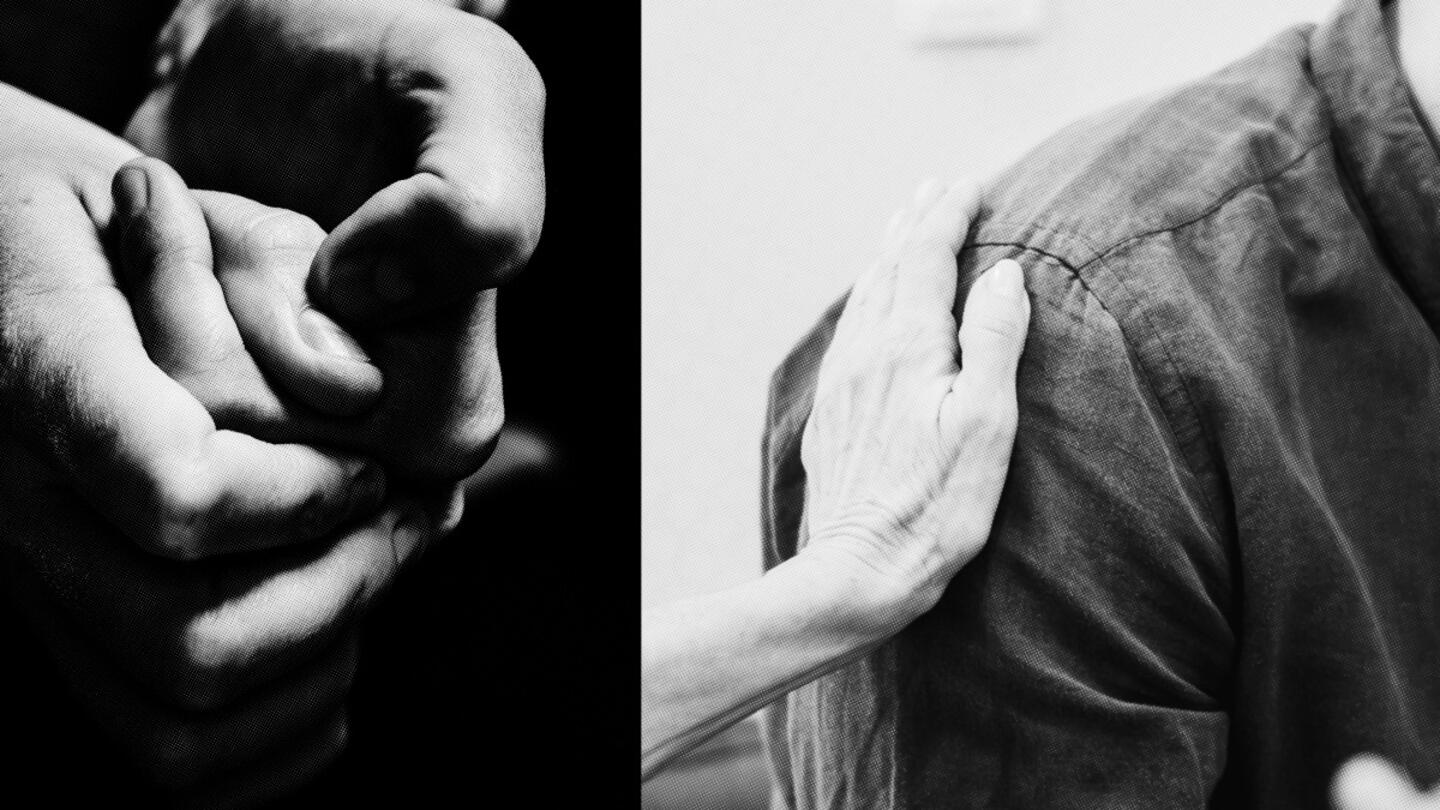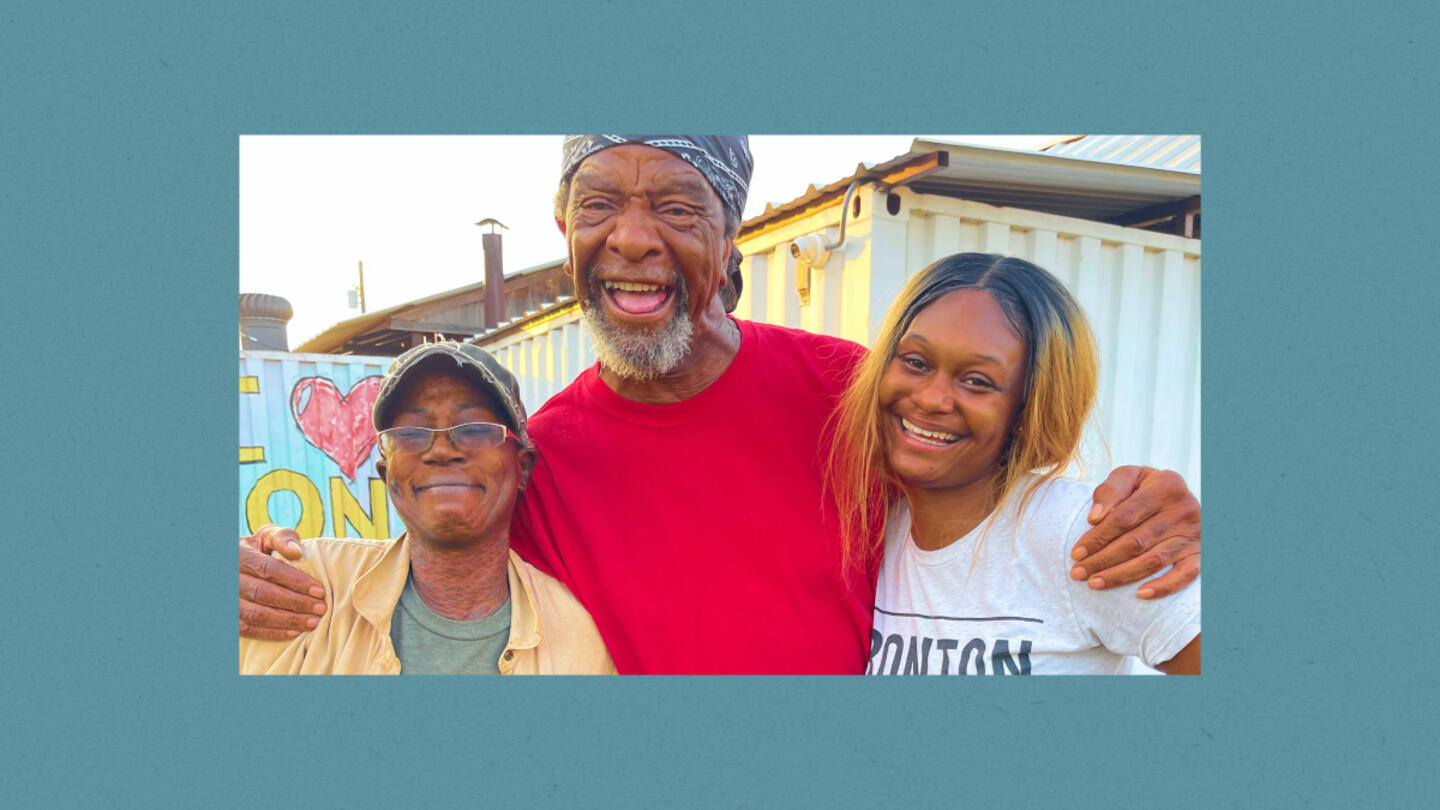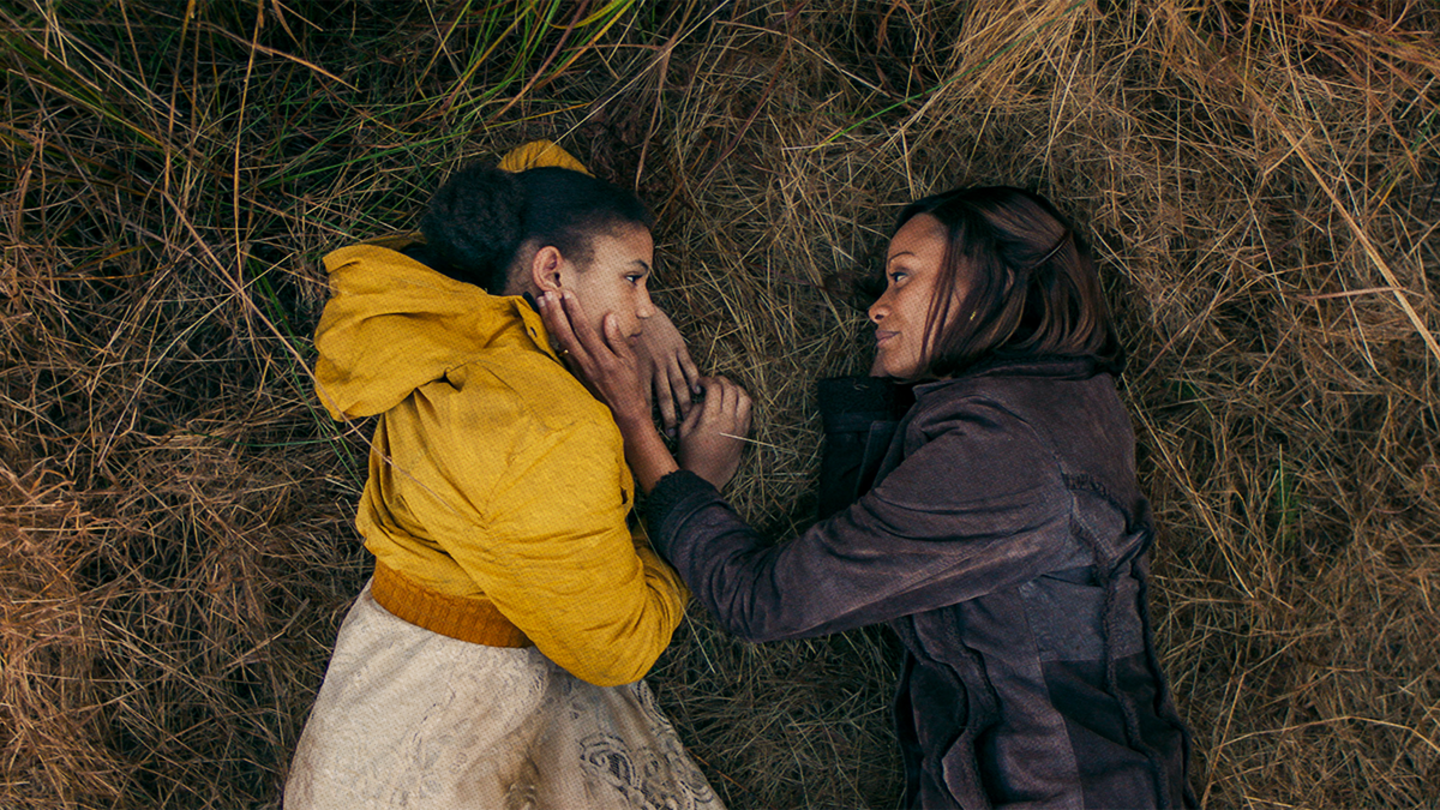In 2016, More in Common Co-founder Tim Dixon's friend and member of British Parliament, Jo Cox, was murdered by an extremist who disagreed with her position on immigration. Before shooting Cox, Thomas Mair shouted, "Put Britain first!" several times. The shocking moment galvanized Dixon to take action.
For Dixon, the moment was one of both grief and reflection. "Societies have become more polarized, and rhetoric has become more extreme, and we're more alienated and have a weaker sense of belonging," says Dixon. "I can't bring Jo back, but I can be part of trying to understand what's driving this level of division."
More in Common is a research and advocacy organization examining the underlying drivers of polarization. It works with civil society organizations, faith groups, environmental groups, government agencies, and more to counter polarization. It starts with one key belief — that drivers of polarization are often the same country to country. The organization works across the United States, Poland, Germany, France, and the U.K.
Dixon joined forces with others, including Mathieu Lefevre, a friend working in public policy and civic tech who would later become his co-founder. Although Dixon and Lefevre were employed in different sectors at the time, they worked from the same core belief: Polarization was becoming an alarming problem that infects not just politics, but everything from education to tech to philanthropy.
"There was a tendency in all countries to think that it's a uniquely national story," Dixon remembers. "But what we were seeing, because all had worked across Western democracies and beyond, was that in fact, a lot of these drivers are quite similar and need to be understood in a wider context around peoples' psychology and the media environment we're in."
Here, Dixon explains why many countries may not realize that their sources of polarization are the same and what can be done to keep polarization at bay.
This conversation has been edited for length and clarity.
Stand Together: Polarization is not just a political issue. How is it playing out in our lives that people don't see?
Tim Dixon: I look at these problems that we're dealing with and see them as not belonging to any one sector. There isn't a single solution that's about communications or law or political reform. It's more cross-cutting. To find those solutions, you need to have a broad suite of tools rather than relying on one thing.
I don't think many people have realized the nature of how polarization is affecting our ability to solve our problems.
What is wrong with our and other countries' approach to polarization?
There is a tendency in all countries to think that it's a uniquely national story, but from country to country, the dynamics of polarization are really similar. The institutions they translate into differ. Every country has different political institutions, media, and cultural dynamics, but actually, the underlying way in which we're interacting with each other as groups in society is really similar. You realize that this is looking very similar to what we're seeing in other countries. The drivers of the division are similar from country to country … Working in Germany, we might say that a problem looks something quite similar to what we've seen in the midwestern U.S., so let's see if we can pilot something similar and if it will be similarly effective.
What can the average person do to fight polarization?
The way that we create more empathy and understanding of society is less by telling everybody that they need to have more empathy and more by showing a better understanding of each other at a practical level. One of the nicest things in our work is often a hard moment for people, when they say to themselves, "I understand why people say this thing," and say, "I used to think that they would only ever say that if they were prejudiced or wrong or ignorant, and now I realize they have a different starting point to me. I don't necessarily agree, but I now feel like I understand them better." So we do quite a lot of that, but we're trying to do it on a systemic level with big institutional actors so that we can have an impact on larger dynamics in society.
Could you describe More in Common's unique approach to addressing polarization?
When we're working on issues of division and polarization, our belief is that it is a profound threat to the health of our societies. Everybody loses when we have fractions and divides, and there's a particular set of dynamics at play now that are different to what we've seen in the past.
What that translates into in practice is that we do a lot of public opinion research with people. We're always trying to ask, "How do people experience this? How do people see this issue?" That people-centered lens means that we might work with an organization on environmental issues or on immigration or on economic growth and prosperity. The lens that we're bringing is a deep understanding of the context for ordinary people in how they think about that issue.
We've got a much deeper understanding of the point where somebody has not committed to one side or the other. We have more of a take on how they understand an issue and what values are most important to them, and so we can explain why somebody can seemingly say something contradictory. If you understand the values and people's perspectives on the world, then you can see how they might be very generous and welcoming on the one hand towards refugees and at the same time have a very harsh view about how the rules should be enforced.
Sign up for the Strong & Safe Communities newsletter for stories, ideas, and advice from changemakers breaking cycles of poverty and bridging divides.
In what ways is America singular in this area — and in what ways are we perhaps not as unique as we may believe?
The U.S. position is really quite similar to the dynamics of many other countries. We bring in lessons from overseas. Are there some unique elements? Of course. The media is different. There isn't a highly trusted source of news in the United States as in most Western democracies because they have well-established public broadcasters. Even though people criticize the media in every country, in the U.S. there's less of a shared story. There's more argument about even the fact that news has an effect for sure.
The institutions are particularly gridlocked politically in the U.S. That adds up to more frustration and low levels of competence and trust in Congress, in the presidency, and so forth. There's more of a sense of pessimism because there's been so much polarization.
I think there are other elements of culture and history that matter, as well. The racial divide is greater in the United States because of the specific history of slavery. Even if imperial powers in Europe were behind the institution of slavery in the slave trade, they don't have that same history of hundreds of years of the patterns that were created out of that and the dysfunction. The long-running story where you get these breakthroughs like emancipation and civil rights — it's not entirely unique, there are elements of racial division and tensions in all countries, but it's different in the United States.
What initiatives is More in Common most focused on pursuing in the year or two ahead?
We think of our work in three dimensions. The first is, what are the ways of thinking that are preventing us from finding solutions to polarization? We want to contribute those insights that can help us break through these dynamics. We recently did a report on perception gaps in American history. We showed that even though history curriculum in schools is a very divisive topic, in reality both sides of those debates — the more traditional and the more progressive — are wildly exaggerating the extremism of the other side. There is actually a lot more common ground among Americans. It's an example of how thought leadership insights can show us a way through.
The second is partnering with institutions that can have an impact on these dynamics. So that might be business, media, philanthropy, civil society, education, and leaders in all of those fields who can shift some of these dynamics and be able to transcend these dynamics of division.
The third is helping to nurture more of an ecosystem of organizations, institutions, and philanthropists who can be effective in changing these dynamics, who are learning from each other, and who see part of their role and their civic identity as having an impact on these dynamics.
The greatest impact people can have, no matter what sector you're in, is to help foster the healthy dynamics that are the solution to a polarized society. You can do that if you're a town planner and you're thinking about how you do housing and development in a way to promote belonging and connection in the community. You can do that in your education system, as well, by encouraging belonging and connection across the lines of difference between parents, for example.
We want to build that ecosystem of people and institutions who see themselves as being able to make a difference. We want to then back them up with the evidence that shows what things are working so that people can get the sense that this is worth investing their time and resources.
***
More in Common is supported by Stand Together Trust, which provides funding and strategic capabilities to innovators, scholars, and social entrepreneurs to develop new and better ways to tackle America’s biggest problems.
Learn more about Stand Together’s efforts to build strong and safe communities and explore ways you can partner with us.

Now in recovery, he’s teaching others how to deal with “life on life’s terms.”

This South Dallas neighborhood is a food desert, but problems run deeper than limited food access.

The new org chapter Olympic star Simone Biles helped found is just getting started.

The film, executive produced by Letitia Wright and Joe Knittig, CarePortal CEO, shows how communities strengthen families.
